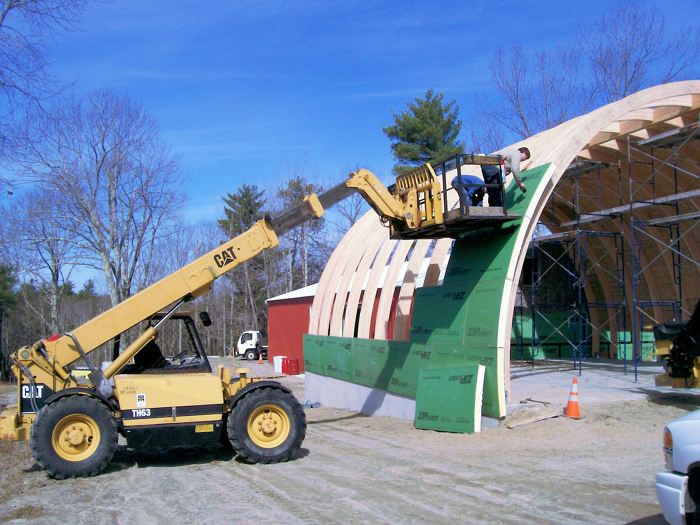
UPDATED on Jan. 18, 2016
A Maine-based company has developed a prototype house made from arch-shaped glue-laminated beams and structural insulated panels (SIPs). The company promises speedy construction, a ligh level of energy efficiency, and low long-term ownership costs.
It looks just like a Quonset hut of World War II vintage, but Thom Labrie calls his “Ultra-High Performance Building Shell System” a 21st-century innovation that makes more sense than a conventionally framed and insulated building.
The buildings have only three components: the frames, the panels, and the steel “shoes” that connect the frame to a concrete foundation. The curved panels are manufactured with an OSB face supplied by Huber, maker of the Zip sheathing system, and include 5-1/8 in. of closed-cell polyurethane foam. When the panels are applied to the frame, they create an uninterrupted layer of insulation. Plumbing, wiring, and other utilities are run inside.
“The building industry has been stuck in a box for so long,” Labrie said by telephone. “We’re in the 21st century. When you consider the technology, the materials, the know-how we have today, continuing to build these boxy structures, these balloon-framed structures that were developed in the 1800s, it doesn’t make any sense. There’s a better way to do it.”
Labrie’s company, called Shelter+7, has a distributor in West Gardiner, Maine, Archtype Structures, and has built a prototype building that is used to make the curved SIPs, but it has yet to sell a single structure. The company’s first sale, Labrie hopes, will take place this year.
Three sizes, but any length you want
The company offers buildings in three sizes, measured in the number of 4-by-8-foot panels it takes to make the arch. A 13-panel “bungalow,” for example, uses 13 panels to go from the foundation on one side of the building to the foundation on the other side, a distance of 52 feet, on a foundation 40 feet wide. The bungalow is essentially a one-story building.
A 15-panel structure, with an exterior covered by 15 panels, can accommodate a loft, and a 17-panel building has a full second floor. All of them are built with the same 40-foot width. Buyers can order buildings in whatever length they like, in 4-foot increments.
Labrie says that packages are available in one of three levels of completion. At the low end, a buyer can order just the building shell that’s erected and closed in by a company-trained crew. The other options are a shell with some of the exterior and interior finishing done, or a “full turnkey” building that’s completely finished.
Prices for fully completed buildings range from $90 to $132 per sq. ft., depending on size. Labrie said that the largest building, a 40-ft.-long 17-panel structure with a full second floor, three bedrooms, 2-1/2 bathrooms, and an office/guest room would have 3042 sq. ft. of usable interior space and cost $273,366–about $90 per sq. ft. With similar fixed costs and less interior room, the square-foot cost of the smaller buildings are higher.
Arch construction is key
The curved glulams are an essential feature of the design, not only because the frames can go up quickly but because they are structurally robust. Just as important, they’re made from short lengths of softwood that would otherwise go to the chipper, Labrie says.
“We grind up billions of board feet of wood in this country that is very usable,” he said. “Part of this building concept is to utilize some of that material and not put it into chippers.”
Shelter+ can source the curved beams from sources in either New York or Quebec, with a lead time of between 6 and 8 weeks.
Labrie says that his background is in the design and manufacture of machinery used to make products from waste wood. When he began designing his own house, an underground structure where he’s been living for 35 years, he leaned toward incorporating arch-shaped components.
“I started with an arch because it is the absolute most efficient way to cover square footage,” he said. “You use less materials to get the job done.”
Intrigued with the design possibilities for arches, Labrie approached a culvert company in the mid-1970s in hopes of interesting them in a collaboration to build houses. They didn’t nibble, and Labrie shelved the idea. Years later, the idea bubbled back to the surface.
Arches also create a free-standing structure that doesn’t need any load-bearing walls inside. As a result, moving partitions and changing a floor plan is both simpler and cheaper than it would be in a conventionally framed house.
“With the structure totally free-standing, lofts and second floors can be constructed only when desired or needed since they do not play a structural role in the building-shell system,” the company’s web site says.
Designed to meet latest energy code
Insulated panels come in only one thickness, with an R-value of about 33, and Labrie said he has no plans to offer a thicker panel. This looks as if it might pose a sort of code conundrum for the company. R-33 is far below the prescriptive insulation levels required in ceilings by the International Energy Conservation Code in all but Climate Zone 1. But it’s better than what’s required in wall insulation in all climate zones.
In a house with a semi-circular cross-section, what’s a “wall” and what’s a “ceiling”?
According to the website, the building system meets or exceeds requirements of the 2015 IECC and scores 45% to 55% better than the current HERS standard reference design and is 25% better than Energy Star models.
Steve Carr, the project’s energy consultant and the HERS rater for the project, said that the buildings are able to meet energy codes through either a performance path or by its Energy Rating Index, rather than the code’s prescriptive path. “Instead of looking at the R-values or the U-values specifically, it looks at the whole performance,” he said.
At a minimum, the shell of the building scores 60 on the HERS index, and can score lower depending on what mechanical systems are used, Carr said.
Do curved roofs last longer?
The website also claims that the curved surface of the buildings are better at deflecting damaging UV radiation, and that the curved shape should make roofing last longer.
“In addition,” the web site reads, “the curved geometry of the structure can significantly reduce the wear and tear on roofing material. Flat areas of roofs are exposed to considerably longer periods of damaging reflective UV rays from the sun which naturally causes heat build-up, excessive transfer of energy through the roof structure, premature material deterioration and higher energy and maintenance costs.”
It continues: “Dome building, elliptical building, and curved and gothic roof surfaces naturally deflect the majority of these damaging rays, reduce potential heat build-up and energy transfer, and in turn, facilitate longer service life of the roofing system along with lower energy and maintenance costs.”
On this point, Labrie said he had no study data to confirm the statements, but said he had been told by two roofing company technicians it was a “reasonable assumption.”
“My common sense says to me if you have all these rays coming down, if they’re hitting a flat surface from whatever angle the sun is at, you’re hitting a much larger area at a given moment vs. a curved surface where that direct hit is over a much smaller area,” he said.
A big market for this kind of building
Despite the early marketing missteps, Labrie sees wide-open opportunities ahead.
Buildings can be put to a variety of residential and commercial uses, and may find a special niche in the “after the disaster market,” Labrie said, because the structures go up so quickly and provide effective protection from the elements. With the foundation in place, a building can be closed to the weather in less than a week.
He also hopes the concept will appeal to younger buyers who are looking for something a little different.
“Once we nail one or two of those down, I think we’re good to go, because the performance of the building is extraordinary,” he said.
“The millennial generation is coming up. They don’t want their father’s Buick. That’s not what they’re after. That generation wants something that’s different, that’s modern, that’s techy, and that’s green.”
This post was updated to reflect copy changes at the company’s website about the efficiency of closed-cell polyurethane foam.
Read more: http://www.greenbuildingadvisor.com/blogs/dept/green-building-news%2A#ixzz3x9SKxpqI
Follow us: @gbadvisor on Twitter | GreenBuildingAdvisor on Facebook
Fine Homebuilding Recommended Products
Fine Homebuilding receives a commission for items purchased through links on this site, including Amazon Associates and other affiliate advertising programs.

Handy Heat Gun

Affordable IR Camera

8067 All-Weather Flashing Tape
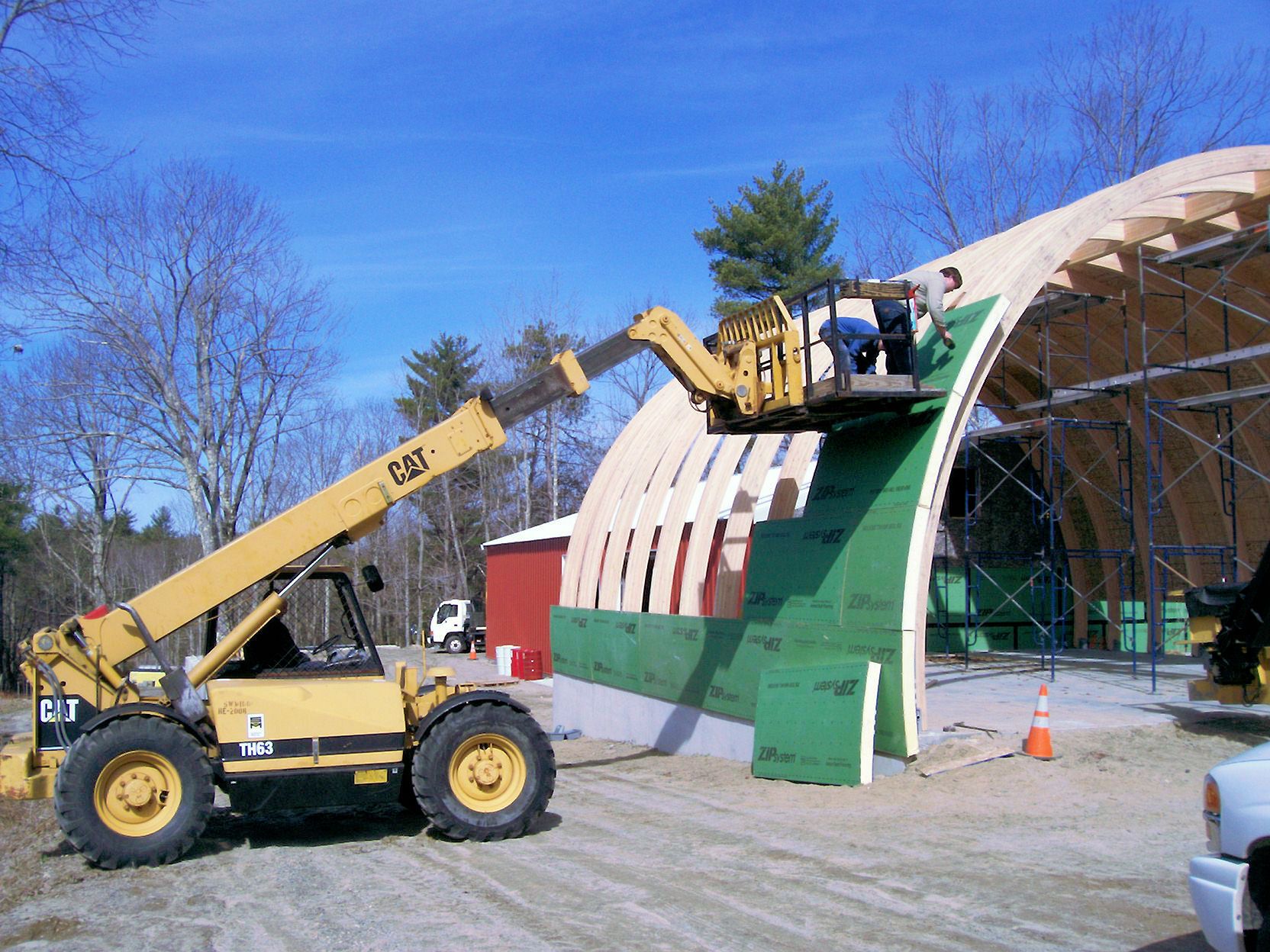


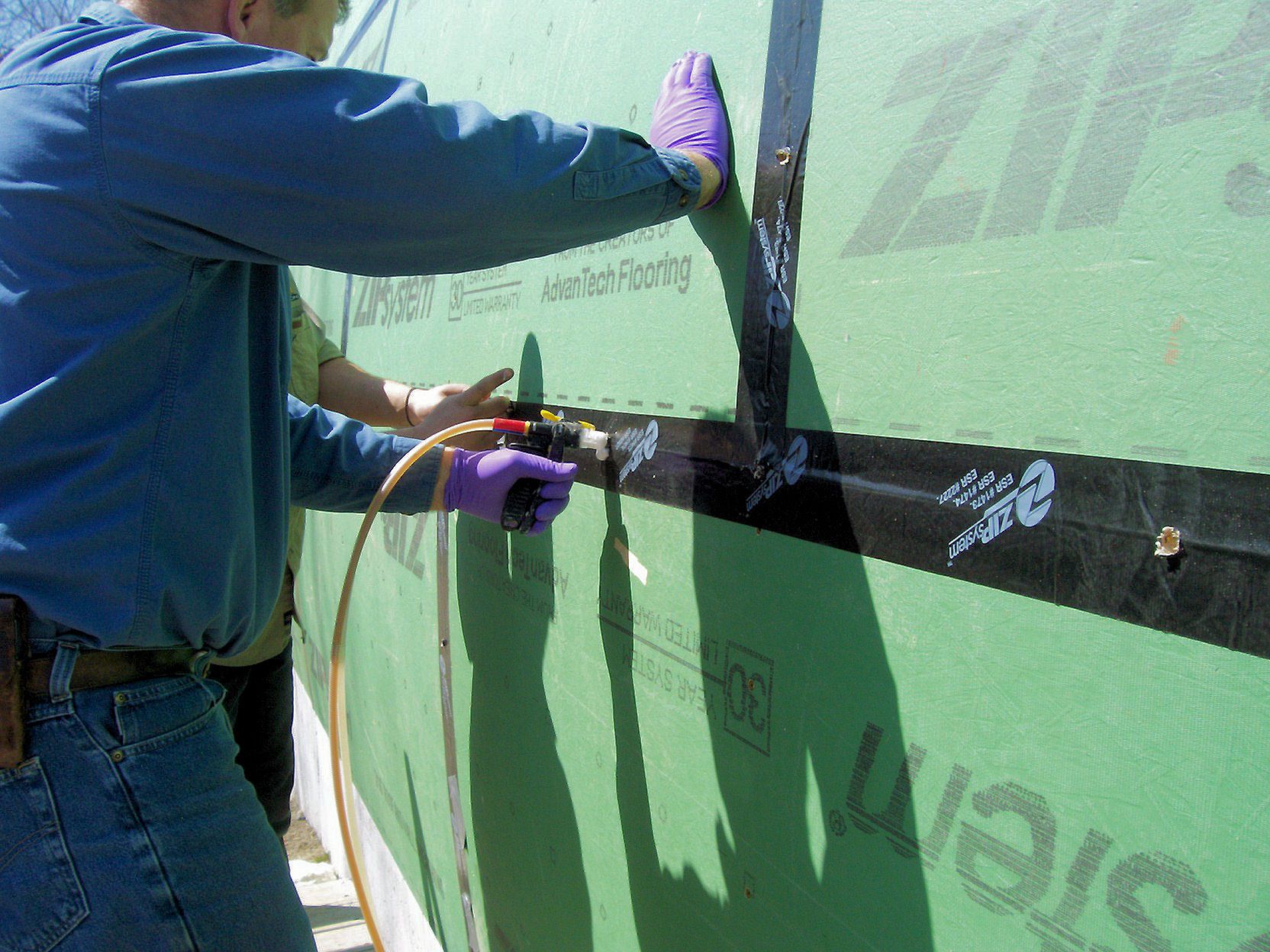
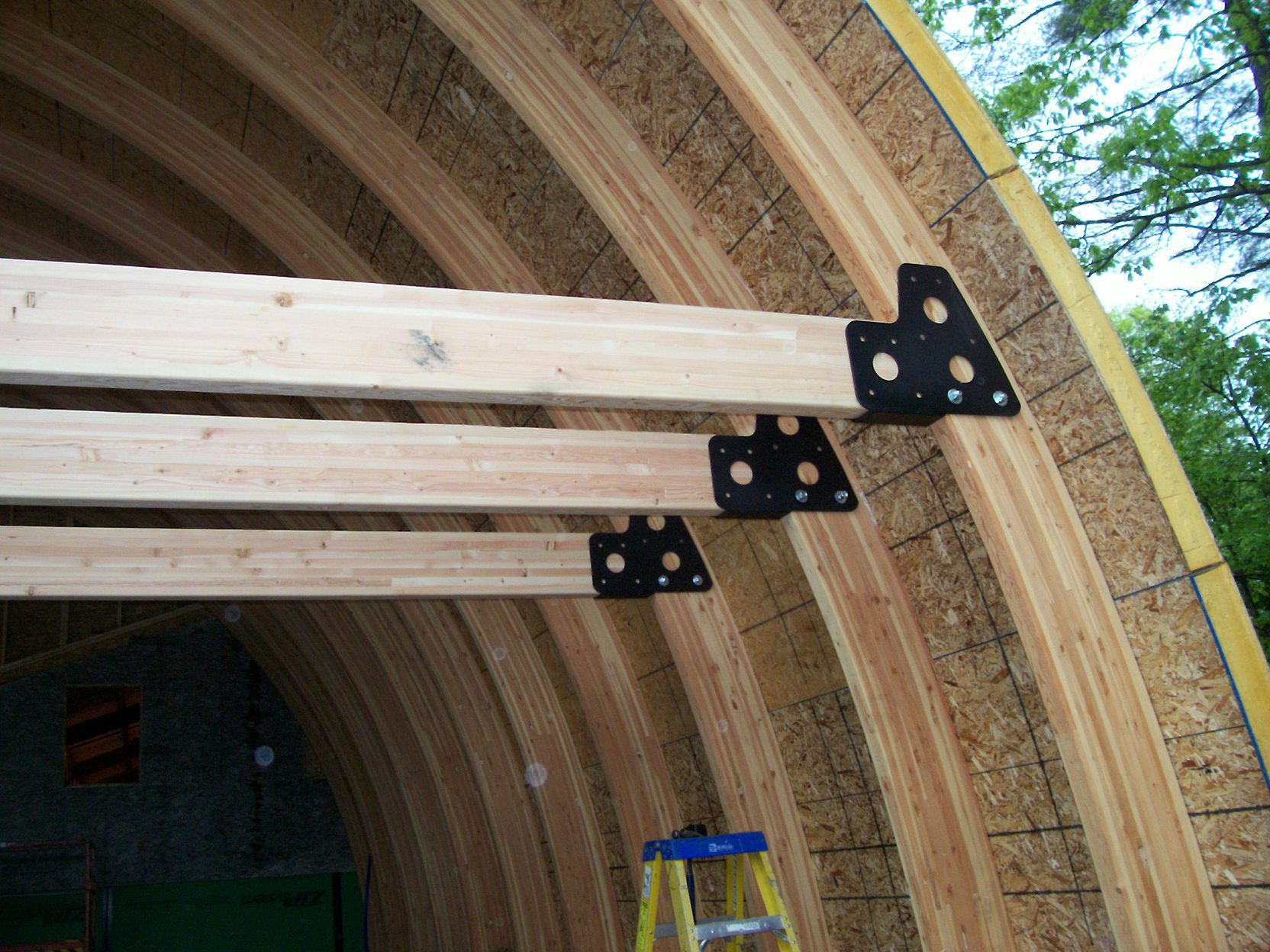
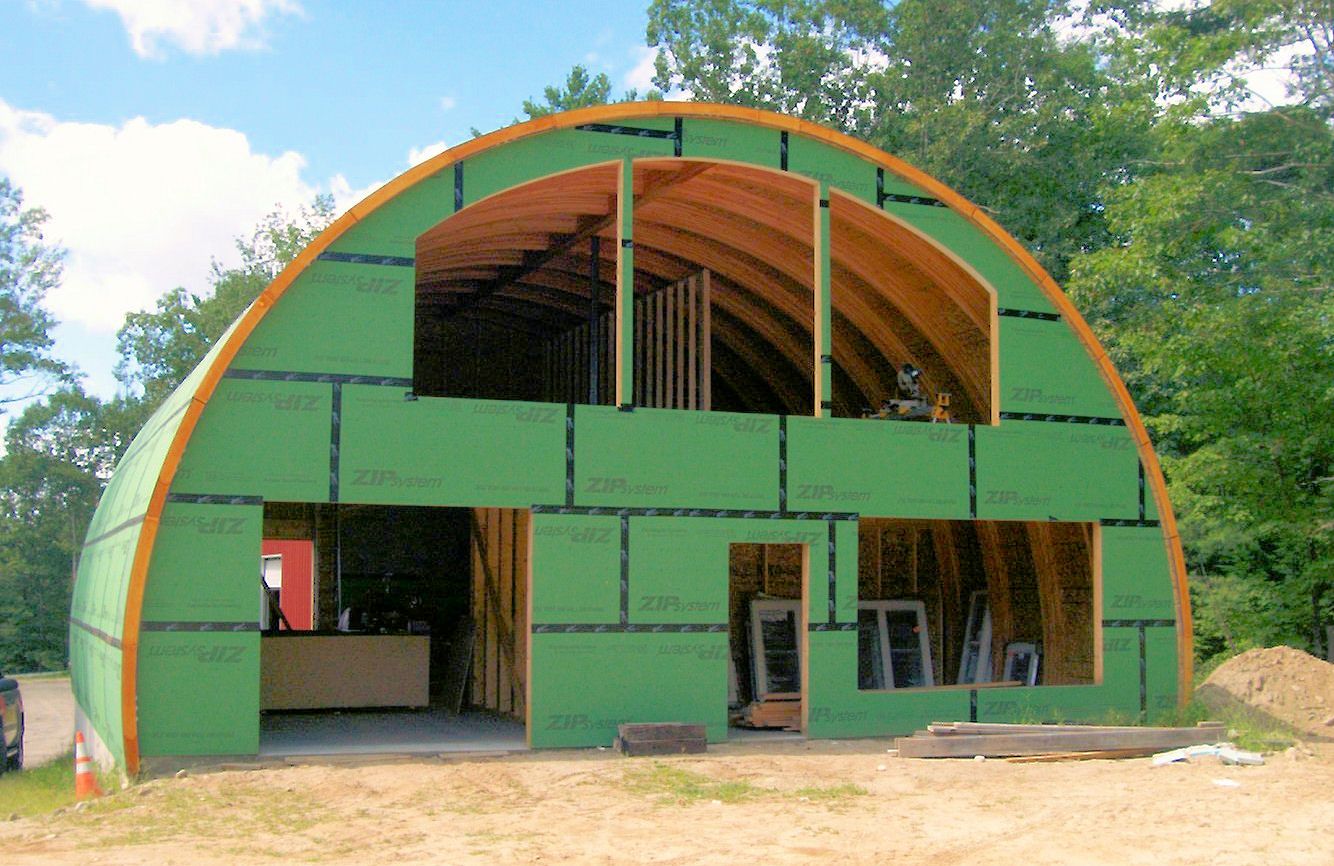





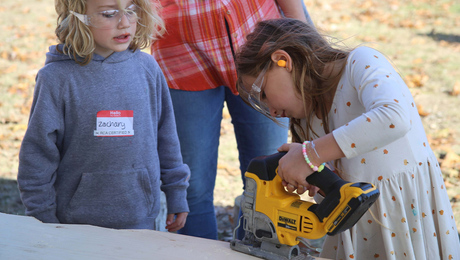


















View Comments
"I started with an arch because it is the absolute most efficient way to cover square footage,"
May be true, but since humans don't walk around curled into semi-circles, a lot of the square footage is not usable. Kind of living in a gable roof attic. Only the middle is walkable.
"The building industry has been stuck in a box for so long,"
For good reason. Humans are perpendicular to the floors and parallel to the walls in our box-houses. In these curved structures, a lot of space is wasted unless you are very short and or very curved.